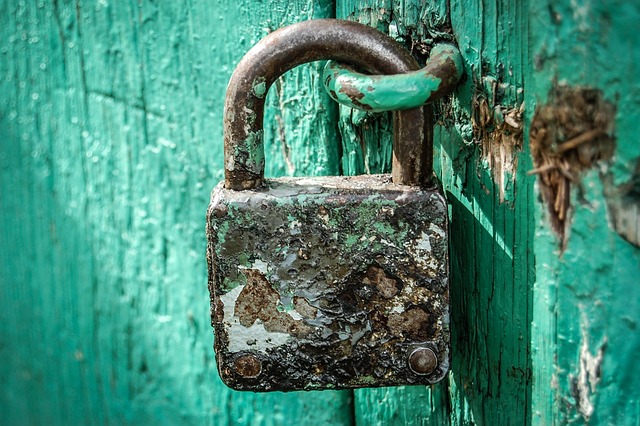Creating a child-safe home involves a proactive hazard assessment to identify risks like sharp edges, small objects, and unsecured furniture. Smart technology offers advanced child-safe security solutions with motion sensors, cameras, and voice controls for real-time monitoring and alerts. Physical barriers like door locks and safety gates restrict access to hazardous areas. Teaching safety awareness educates children about common dangers and fosters independence. Child-safe security solutions combine technology and physical measures with education for comprehensive protection.
“Ensuring the safety of your children at home is every parent’s top priority. With an array of potential hazards lurking in plain sight, implementing effective child-safe security solutions is paramount. This comprehensive guide delves into essential aspects of home security for families, from identifying hidden risks to embracing smart technology and physical barriers. We explore innovative methods to foster a secure environment while empowering kids with vital safety awareness.”
- Understanding Child Safety: Identifying Potential Hazards in the Home
- Smart Technology: Implementing Advanced Child-Safe Security Systems
- Physical Barriers and Locks: Creating a Secure Environment
- Teaching Safety Awareness: Empowering Kids with Knowledge
Understanding Child Safety: Identifying Potential Hazards in the Home

Creating a child-safe home involves a meticulous understanding of potential hazards and implementing appropriate security solutions. Parents and caregivers must adopt a mindset of vigilance, constantly assessing their environment from a child’s perspective. Common household items that may pose risks, such as sharp edges, small objects, toxic substances, and unsecured furniture, can quickly transform into dangers unnoticed.
Identifying these hazards requires a thorough inspection of every corner of your home. Look for loose cables, fragile decorations within reach, accessible medications, and any other items that could cause harm. Once identified, implementing child-safe security solutions becomes an essential step towards ensuring their well-being.
Smart Technology: Implementing Advanced Child-Safe Security Systems

In today’s digital era, smart technology offers innovative child-safe security solutions that transform family homes into secure havens. Advanced systems now incorporate motion sensors, intelligent cameras, and voice-activated controls, enabling parents to monitor their children’s activities in real time. These technologies not only provide peace of mind but also enhance safety by sending instant alerts for any unusual behavior or potential hazards.
By integrating smart security systems, homes can become more child-friendly without compromising on comfort or convenience. Features like automated door locks and remote access from parents’ devices ensure that children are prevented from opening the doors unsupervised. Additionally, these systems allow parents to set customized access permissions for family members, further tailoring the level of security to each individual’s needs.
Physical Barriers and Locks: Creating a Secure Environment

Physical barriers and locks are essential components of any child-safe security solution, providing a robust first line of defense for your home. These measures create a secure environment by restricting access to potentially dangerous areas or objects. Childproof door locks, for instance, prevent little ones from opening doors unsupervised, while safety gates can be installed at the top of staircases to discourage curious climbers.
Window guards and security devices specifically designed for windows are also vital. They limit a child’s ability to open windows, reducing the risk of accidental falls or escape attempts. Combining these physical barriers with reliable locks ensures that your home is not only secure but also adapted to the unique needs and curiosities of young children.
Teaching Safety Awareness: Empowering Kids with Knowledge

Teaching safety awareness is a fundamental aspect of implementing child-safe security solutions in family homes. Empowering kids with knowledge about potential risks and appropriate responses can significantly enhance their ability to protect themselves. Start by educating children about common hazards in the home, such as toxic substances, sharp objects, and hot surfaces. Teach them simple rules like never touching certain items without adult supervision and always asking before entering restricted areas.
Nurture a culture of open communication where kids feel comfortable discussing their concerns and asking questions. Regularly review safety protocols and scenarios together, ensuring they understand the importance of each measure. This process not only equips them with essential skills but also fosters a sense of responsibility and independence, allowing them to make informed decisions in various situations.
Ensuring a child-safe home involves a multi-layered approach combining smart technology, physical barriers, and teaching safety awareness. By identifying potential hazards and implementing advanced child-safe security systems, parents can create a secure environment that protects their children while fostering empowerment through knowledge. Physical locks and innovative tech solutions work hand in hand to navigate the complexities of modern family homes, ultimately providing peace of mind for every parent. Adopting these child-safe security solutions is not just about safety; it’s about nurturing a secure, loving space where kids can grow and learn without worry.
